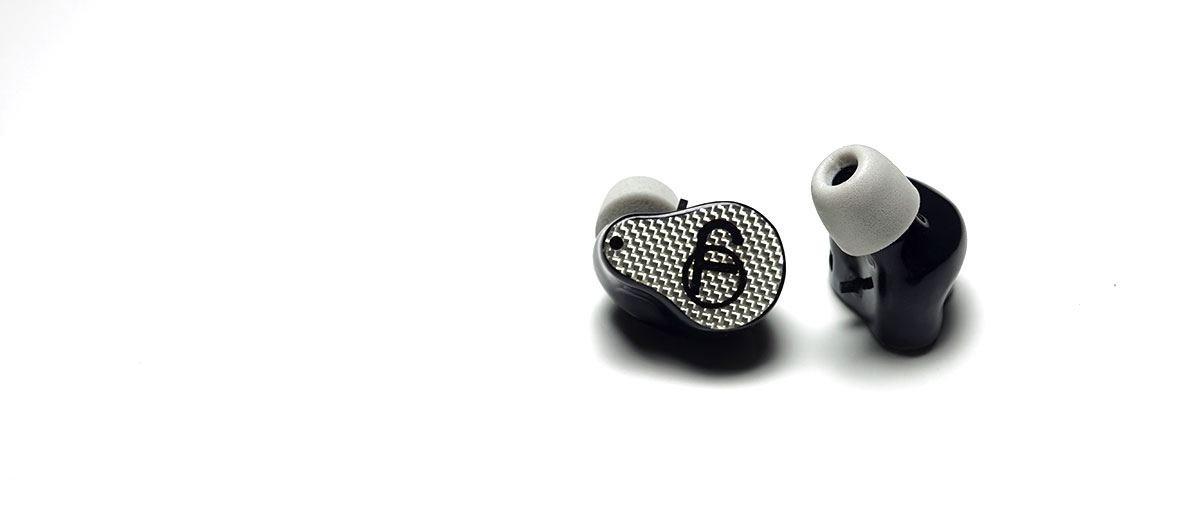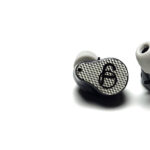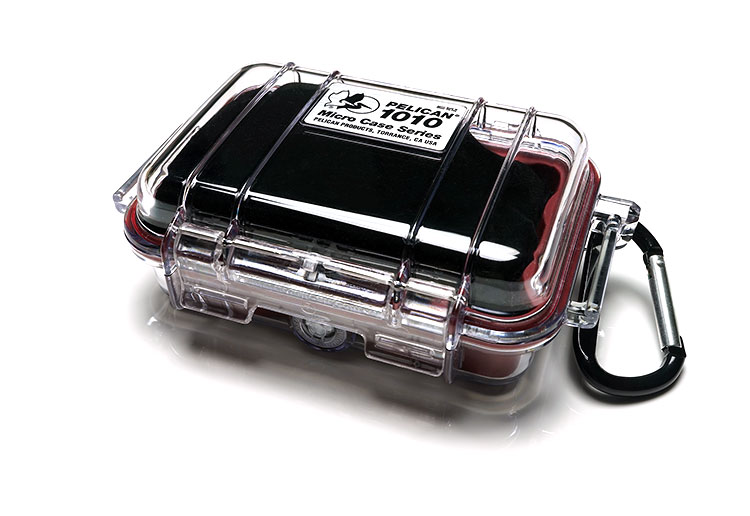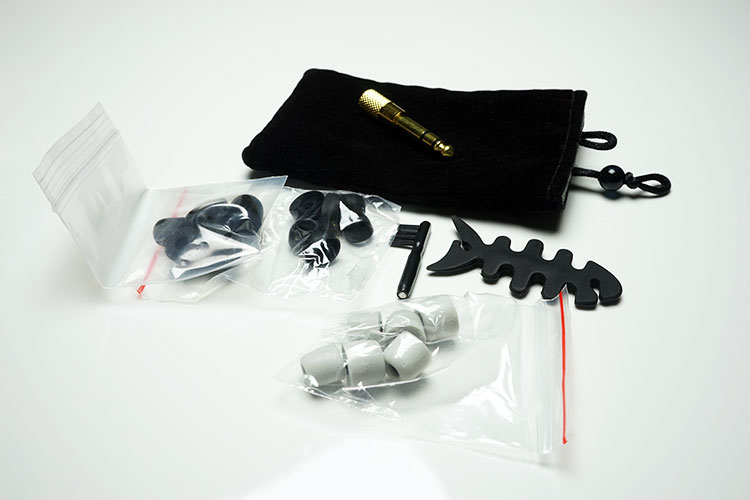This is a review of the Cypher Labs Austru which is the company’s flagship hybrid single dynamic and triple balanced armature universal in-ear monitor. It was priced at $799 but is now discontinued.
Disclaimer: This is a sample sent to us in exchange for our honest opinion. Headfonics is an independent website with no affiliate links or status. We thank Cypher Labs for this opportunity.
To learn more about Cypher Labs products featured on Headfonics you can click here.
Note, that this article follows our latest scoring guidelines which you can read here.
The $799 Austru by Cypher Labs is their second major IEM release and is positioned a step higher than the previous C6IEM v1 and v2 triple driver IEMs which we reviewed almost 2 years ago.
At the time the C6IEM represented a confident, if somewhat colored, foray into a new market for a company better known for its high-quality portable amps and DACs.
The V2 of the C6IEM, release a few months later, was a direct response to the comments on the lack of treble presence and slightly closed in staging, producing an altogether more balanced and spacious upgrade on the original triple driver model.
Oh, and in case you are wondering about the name Austru, it is derived from the Latin term auster or austrum meaning south wind.
The word austru is been retained in the present-day Romanian day-to-day conversations to denote a particular hot southwesterly wind that blows over western Romania, usually in the summertime.
Not quite how that translates into the tonality of the Austru IEM but we shall see.
What Is The Pitch?
Hybrid
With the launch of the Austru, Cypher Labs have developed their first hybrid IEM with a triple BA design in keeping with the C6IEM but with an additional 10mm dynamic driver underpinning the low end of the Austru’s performance.
At $799 though it is not the cheapest or most expensive hybrid BA design. It is more or less in the middle for me so it does need something to stand out from the crowd and that may well be their bass-switching filter system which I am more used to seeing in CIEM designs a few dollars higher up than the Austru price point.
Bass Switch
The Austru filter switch is positioned at the crossover point of the dynamic driver. This selector switch is designed to deliver either a 50% roll-off or a 50% increase in the low-end performance of the Austru depending on how you view the default setting of the switch. The BA design is divided into 1 for the mids and two for the high-end response.
3D Printing
As with the C6IEM, the Austru is also a 3D printed shell (in keeping with the original process of the C6IEM development) which to my knowledge only a handful of boutique manufacturers are deploying this technique right now in making IEMs, and mostly in the CIEM sector such as 64Audio and OwnPhones.
Design
Color Scheme
The Austru comes in two color schemes, black, and silver. The review unit is actually the silver unit and consists of a black shell and a silver patterned weave design under an acrylic translucent finish.
It is actually quite similar in design to the original C6IEM so once again the Austru is on the large side of things but I think, given the additional 10mm dynamic driver the size is a bit more justified. Weight wise it is just 11g which is 1g less than say the diminutive Westone W4 (yet double its size) and overall is a pretty good balance for a hybrid of this size.
Faceplate
The faceplate with the engraved CL logo in silver has plenty of visual pop with a nice shimmer when moving it from side to side. To the front, there is a small opening for the bass port to allow the 100mm dynamic driver to breathe.
Nozzle Design
The nozzle design is quite short actually compared to the likes of Noble and Campfire Audio and is terminated in an aluminum filter at the tip. A lot of the fitting issues are likely to be determined by the width and length of the tip you use for the Austru which will give you the “last mile” in terms so insert depth and comfort.
Filter Switch
Sitting in between the nozzle and bass port on the side of the acrylic shell is the bass filter switch which is discreetly colored in black to blend in with the shell.
It has an average resistance to the finger so it is possible to knock it forward or backward accidentally but only with a bit of focus in that area from your fingers. Otherwise, it is in an accessible location and not too fiddly to get access to on the go.
Cable
2-Pin
The shell connectors are a traditional 2-pin recessed connection which makes the Austru very accessible indeed for aftermarket cables.
The cable itself is more or less the same as the original C6IEM cable in looks though this time the memory wire is color-coordinated in black and slightly softer than the old clear plastic tubes making it much easier to mold around your ears.
The 1.2m cable is terminated with a 3.5mm gold-plated right-angled jack with a fairly heavy-duty strain resistor rubber finish with a fairly basic rubber coating at the y-split and a similar coated adjustable chin strap. It’s a soft, pliant, and low-noise cable to work with.
OFC
Although not stated officially it is highly likely the cable is an OFC wire in keeping with similar cables used by other IEM companies. I have no issues with it physically, but a cable upgrade to something more open and cleaner such as an SPC or silver cable will bring a positive return on the Austru tonality.
Comfort & Seal
The Austru is an over-the-ear design with connectors to the top to allow a forward and over-cable shape. Given the very similar design philosophy to the C6IEM, you would get fairly similar levels of comfort and seal with the Austru.
Rather than opt for the IT03 contoured design, Cypher Labs have elected for a more “universal” fit with just enough contouring for comfort and pressure control. That short nozzle does mean that the tips will play a more significant role in terms of seal and comfort as well as the fact the deep body does stick out of your ear by quite some bit.
Foams
The best in terms of comfort and seal were unsurprisingly the included foam tips (medium). These are a little longer than the supplied single-flange silicone tips which tended to lose some of that great seal in comparisons and the fit also didn’t feel quite as secure.
The foams, on the other hand, were excellent on the seal with way above-average isolation from external noises and leaking. I would have loved to have seen a triple flange set of tips supplied with the Austru for a superior silicone seal and insertion depth.
Accessories & Packaging
The Austru accessories have had a slight upgrade since the C6IEM series. Gone is the softer black zipper case and in comes Pelican 1010 translucent hard case with a metal backpack clip which is roomy and more robust than the previous case.
Inside you also get a soft drawstring gear pouch for slipping in your pocket when the larger Pelican case won’t suffice. Aside from that, you get a very similar tip selection as the C6IEM as well as a quarter jack, a small cleaning brush, and a fish-designed cable wrap. The tips included are:
- 3 x S/M/L silicone single bore tips
- 3 x S/M/L dense black foam tips
- 3 x S/M/L soft gray foam tips
All of this comes in a slightly restyled retail package with the actual unit front and center on the outside which sleeves on an understated but sturdy black box with the CL logo printed on top.
Sound Impressions
Coherent Presentation
Despite the focus on the bass filter switch as a USP and the use of a 10mm dynamic driver, this hybrid is actually quite a balanced, warm, and rich-sounding presentation with an emphasis on smoothness.
Unlike some cheaper hybrids that can sound a little disjointed the Austru comes across as a lot more coherent than I expected; resisting the temptation to simply let the DD overwhelm the BA performance.
Bass Filter
The bass filter does have an impact on the tonality of the Austru but its level of impact is source or amp dependent. With the filter switch turned off, the Austru becomes a flatter experience with a bit more of a mid-centric bias and a light and soft bass that is relatively linear but perhaps too polite. It also lacks a bit of extension, falling away too much for my liking with the switch-off.
With it turned on the performance does vary with source and amp but overall you get a fuller-sounding midbass performance rather than a sub-bass focus. Some DAPs such as the AK240 and the X7 (AM1 and AM3) do not really maximize the bass filter’s performance as it’s more subtle than you would think.
It is only really with more weighted and musical sources such as the FiiO X5iii and Cayin i5 that can you maximize the potential of the low-end bass filter switch and get a more impactful response.
Easy Going
The mids on the Austru are smooth and fairly open-sounding with good control and a nice level of detail. There is a slightly euphoric tonal quality rather than any analytical accuracy on instrumental timbre but it feels in keeping with the rather easy-going nature of the Austru in general.
Vocals are slightly elevated from around 1-3k on the Austru and come across as full sounding and most importantly sibilant-free for both male and female vocals.
Natural attenuation
The insertion of two BA for the treble response was an important move because otherwise, this might have been a bass to mid-range focused performance much like the C6IEM v1 so some learning has gone into maximizing the Austru’s headroom.
This time I get a very natural top-end attenuation that has some sparkle, a good body, and decent extension though not as much presence in its brilliance region as say the Andromeda. It lacks all those splashy characteristics of a forced or elevated treble so it avoids being harsh sounding or peaky but the detail and articulation are very much there.
Musicality
Overall the Austru is tuned for musicality with a smooth-flowing response rather than a bombastic aggressive tonal quality. It’s very easy on the ear, and very controlled without ever coming across as smeared or overly lush.
Click on page 2 below for pairings and our select comparisons.





